What Is Self-Fruitful In Gardens: Learn About Self-Pollinating Fruit
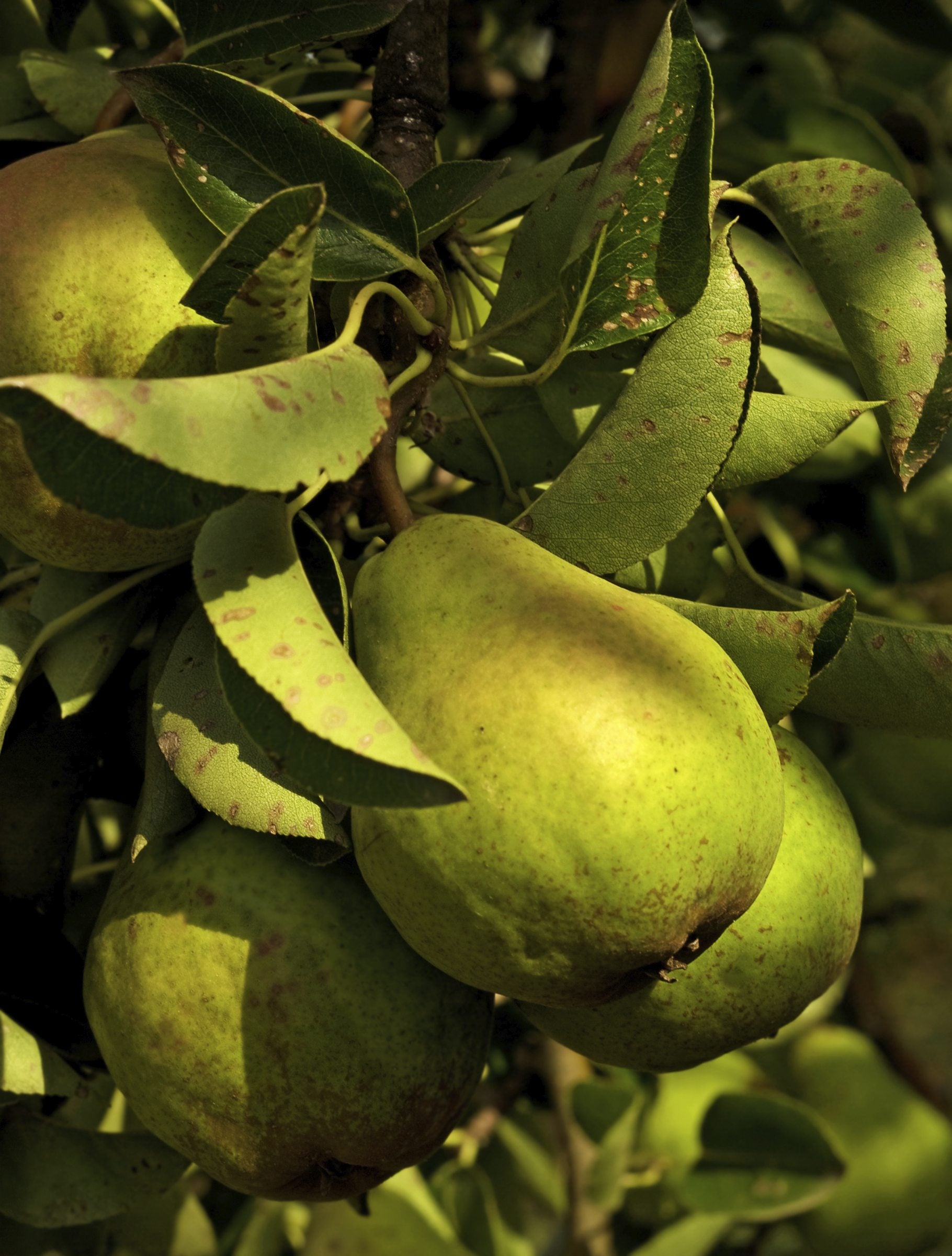

Nearly all fruit trees require pollination in the form of either cross-pollination or self-pollination in order to produce fruit. Understanding the difference between the two very different processes will help you plan before you plant fruit trees in your garden. If you have space for only one fruit tree, a cross-pollinating, self-fruitful tree is the answer.
How Does Self-Pollination of Fruit Trees Work?
Most fruit trees must be cross-pollinated, which requires at least one tree of a different variety located within 50 feet (15 m.). Pollination occurs when bees, insects, or birds transfer pollen from the male part (anther) of a blossom on one tree to the female part of the blossom (stigma) on another tree. Trees that require a cross-pollinator include all types of apples and most sweet cherries, as well as some types of plums and some pears. If you're wondering about what is self-fruitful or self-pollinating and how the process of self-pollination works, self-fruitful trees are pollinated by pollen from another flower on the same fruit tree or, in some cases, by pollen from the same flower. Pollinators such as bees, moths, butterflies, or other insects are usually responsible, but sometimes fruit trees are pollinated by wind, rain, or birds. Self-pollinating fruit trees include most types of sour cherries and most nectarines, as well as nearly all peaches and apricots. Pears are a self-pollinating fruit, but if cross-pollination is available, it may result in larger yields. Similarly, about half of plum varieties are self-fruitful. Unless you are sure about your variety of plum tree, having a second tree in close proximity will ensure pollination occurs. Most citrus trees are self-fruitful, but cross-pollination often results in a larger harvest. Since the answer to what trees are self-fruitful isn't cut and dried, it's always a good idea to purchase fruit trees from a knowledgeable grower before you invest money in expensive fruit trees. Don't hesitate to ask plenty of questions before you buy.
Gardening tips, videos, info and more delivered right to your inbox!
Sign up for the Gardening Know How newsletter today and receive a free copy of our e-book "How to Grow Delicious Tomatoes".

A Credentialed Garden Writer, Mary H. Dyer was with Gardening Know How in the very beginning, publishing articles as early as 2007.
-
 Try The Trend – Turn Any Bed Into A Keyhole Garden With This Clever In-Ground Composter
Try The Trend – Turn Any Bed Into A Keyhole Garden With This Clever In-Ground ComposterKeyhole gardening is an efficient and sustainable practice that saves space. Get started on this DIY project quickly and easily with an in-ground composter.
By Bonnie L. Grant
-
 4 Superfast Composting Methods: Turn Waste Into Garden Gold In 30 Days Or Less
4 Superfast Composting Methods: Turn Waste Into Garden Gold In 30 Days Or LessTry the fastest composting methods to turbocharge your pile and transform kitchen scraps and garden waste into finished compost in just a few weeks.
By Mary Ellen Ellis
-
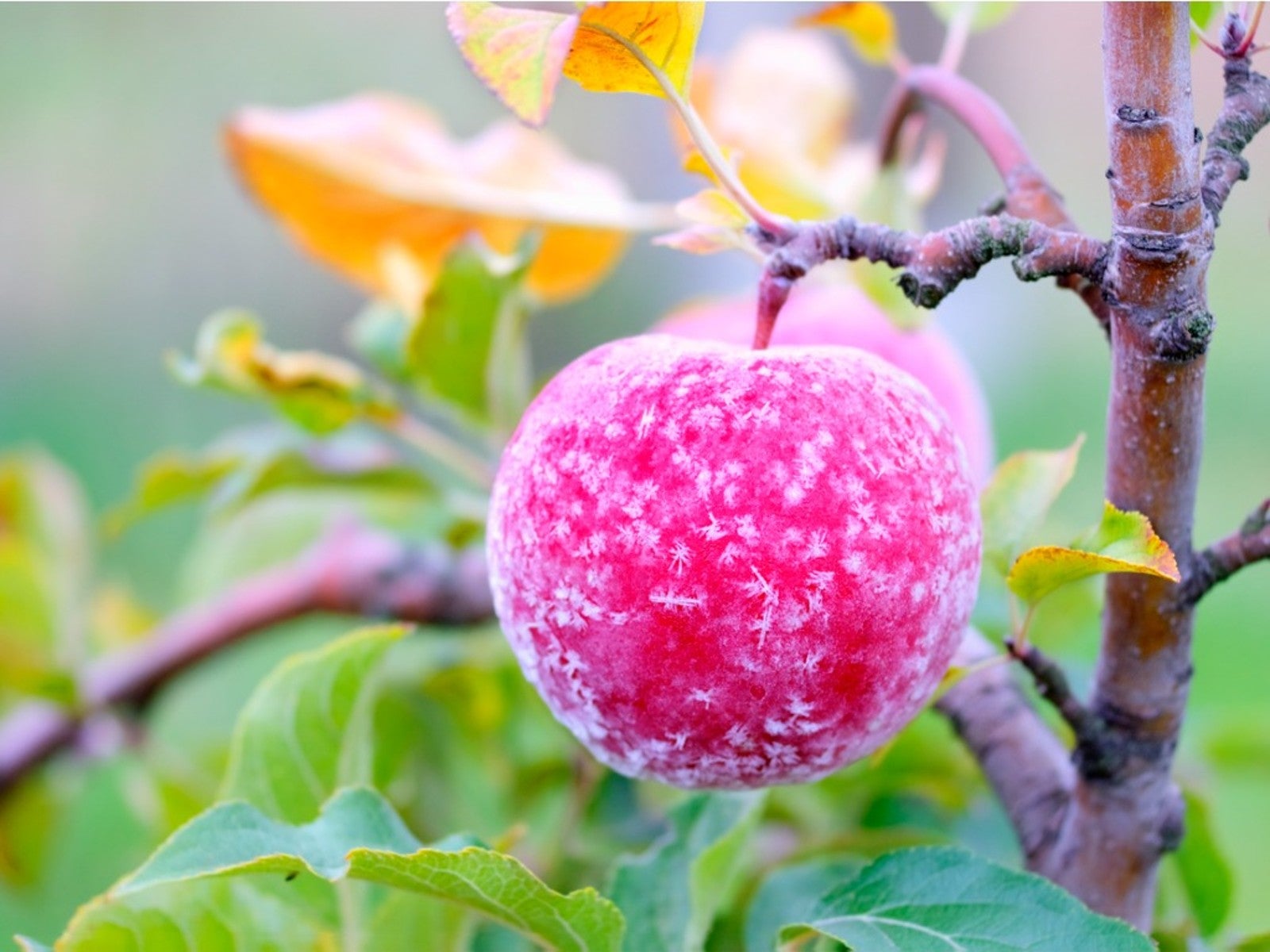 How To Protect Fruit Trees From Frost And Freeze
How To Protect Fruit Trees From Frost And FreezeChoosing fruit trees appropriate for your growing zone is best, but you still may need to protect them from extreme cold. Read how.
By Bonnie L. Grant
-
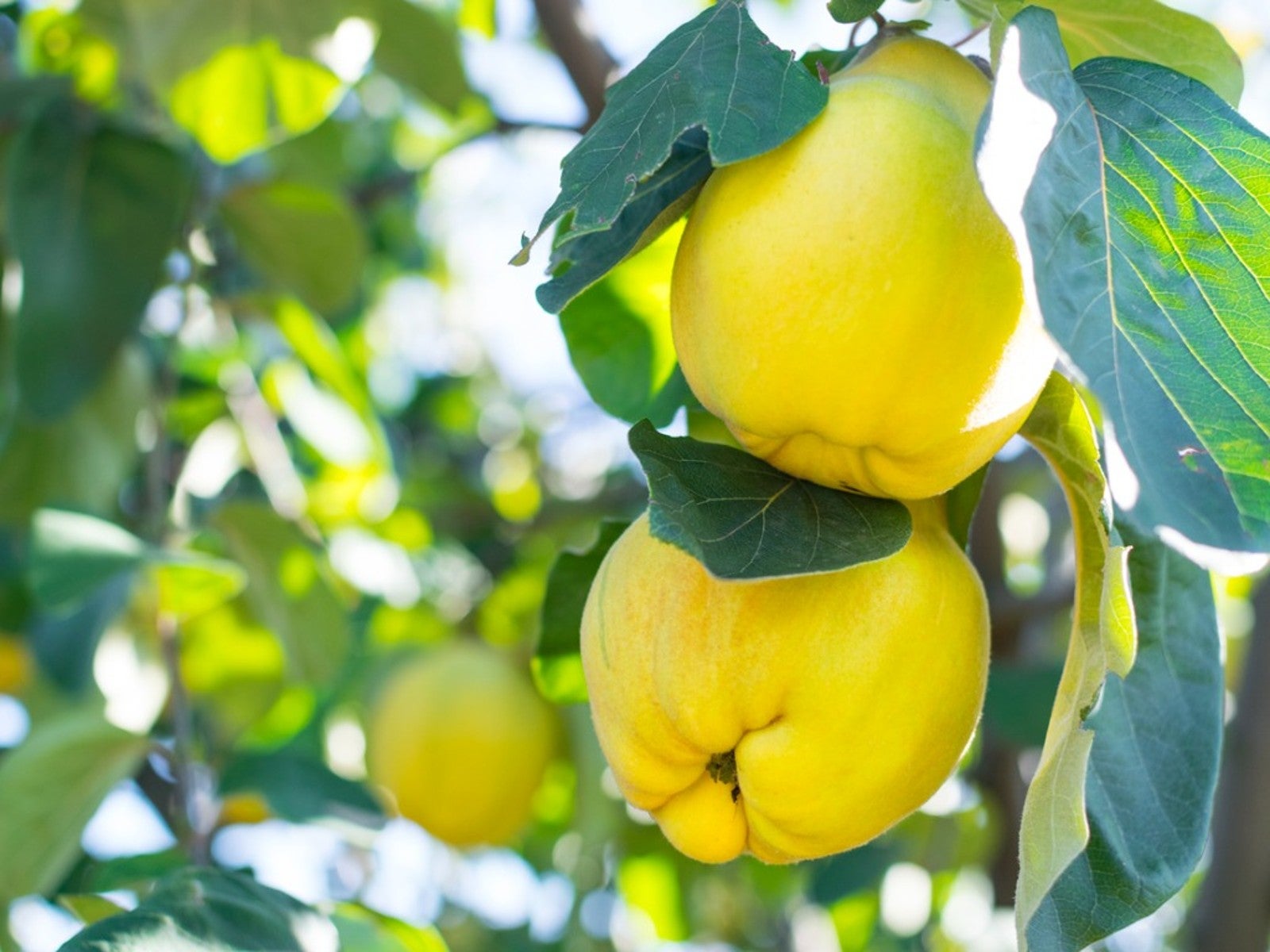 Best Plants For Late Summer and Fall Fruit Harvest
Best Plants For Late Summer and Fall Fruit HarvestEven if you don’t have the optimal conditions for more common fruit trees, there are other end of summer fruits to enjoy.
By Teo Spengler
-
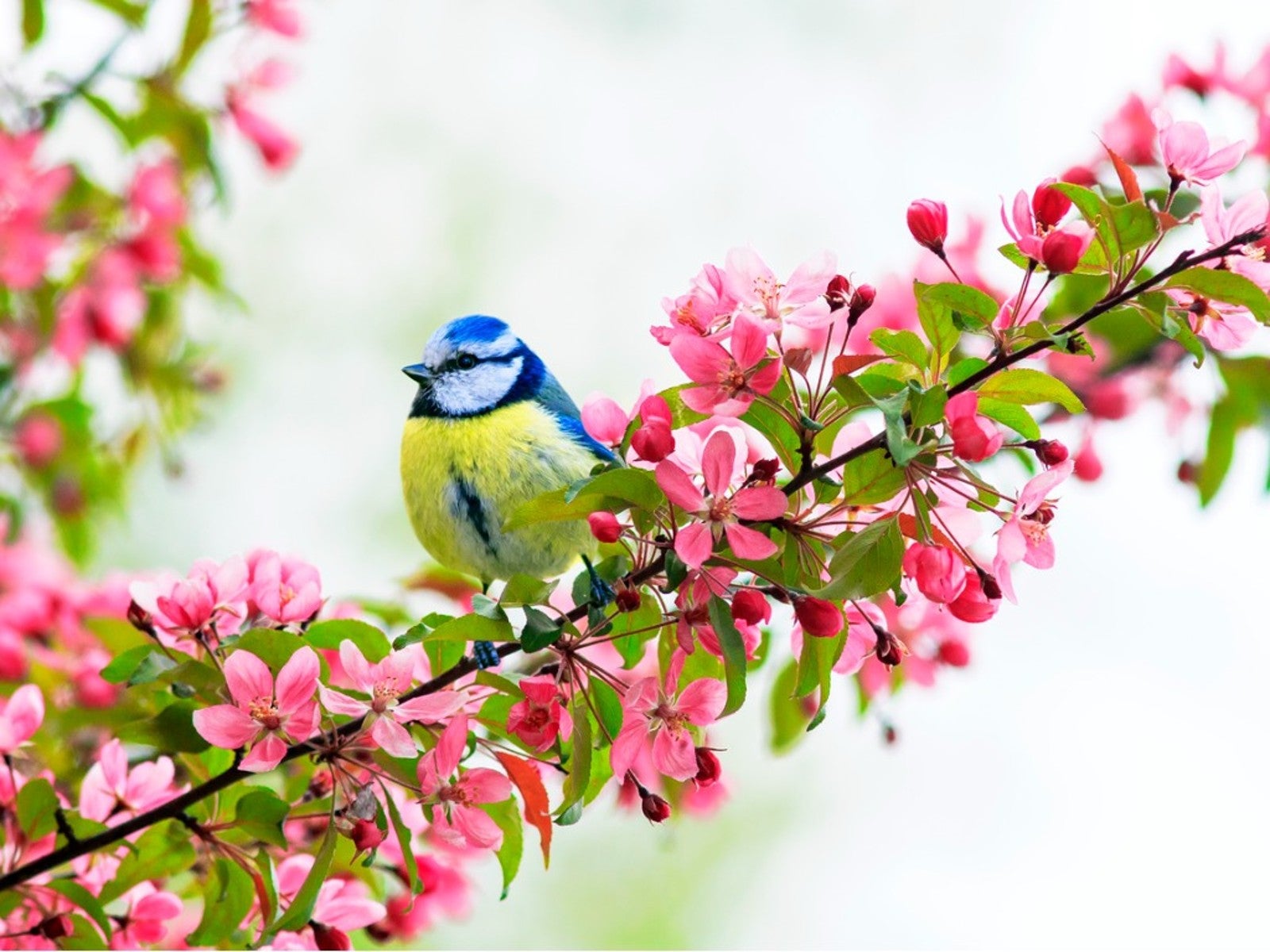 Best Native Fruit Trees To Support Wildlife
Best Native Fruit Trees To Support WildlifeIf you want trees that will attract and feed wildlife, learn the best kinds of edible fruit and nut trees to plant for inviting specific creatures.
By Teo Spengler
-
 Orange Fruit Varieties: Growing Fruits That Are Orange
Orange Fruit Varieties: Growing Fruits That Are OrangeOrange colored fruit isn’t limited to the citrus orange. There are plenty of other orange colored fruit varieties, each packing a healthful punch. Read on for more.
By Amy Grant
-
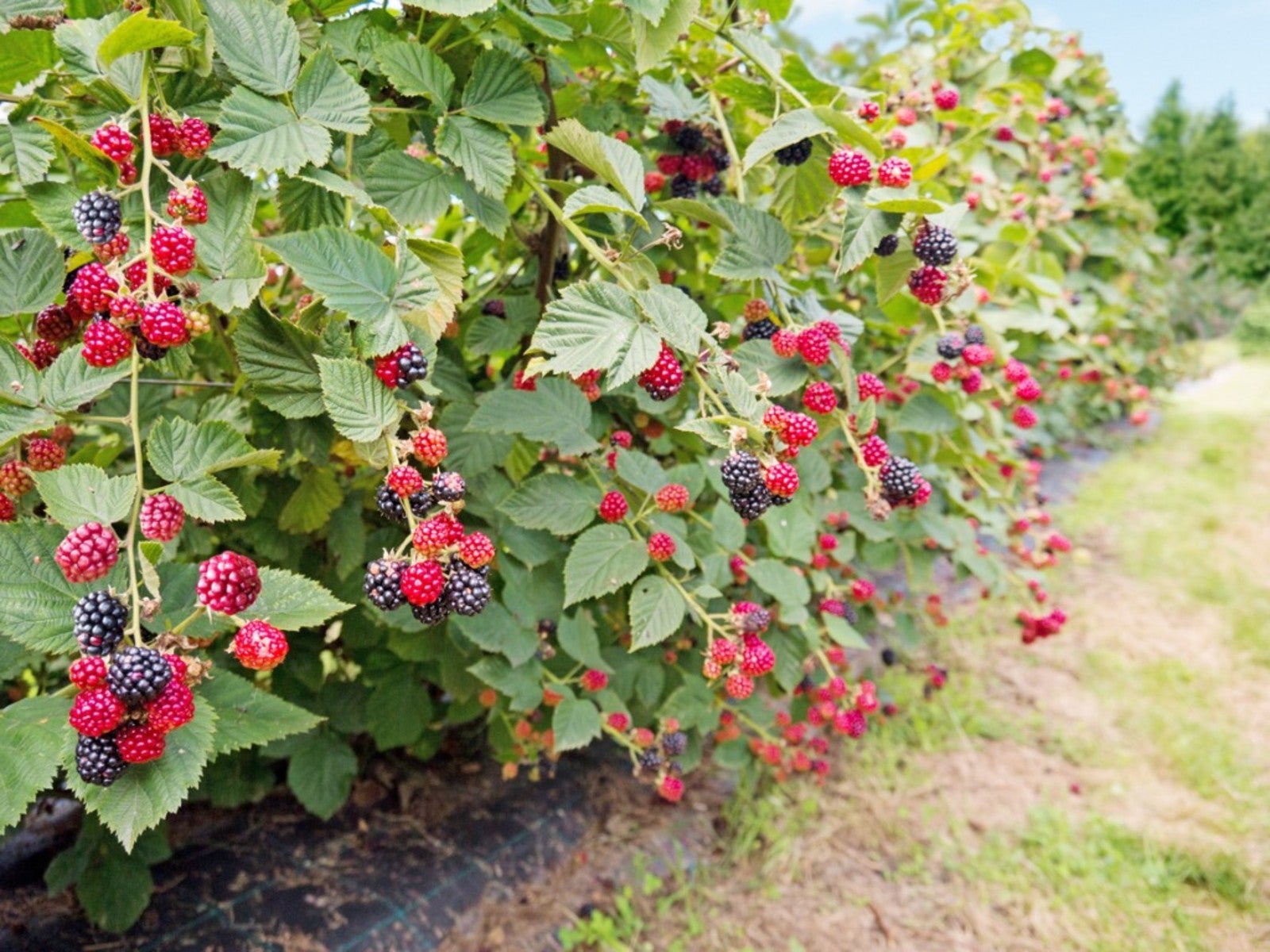 Everbearing Plants: Learn About Everbearing Varieties Of Fruit
Everbearing Plants: Learn About Everbearing Varieties Of FruitWhat does everbearing mean? And more importantly, how do everbearing varieties differ from non-everbearing types? Read on for more.
By Laura Miller
-
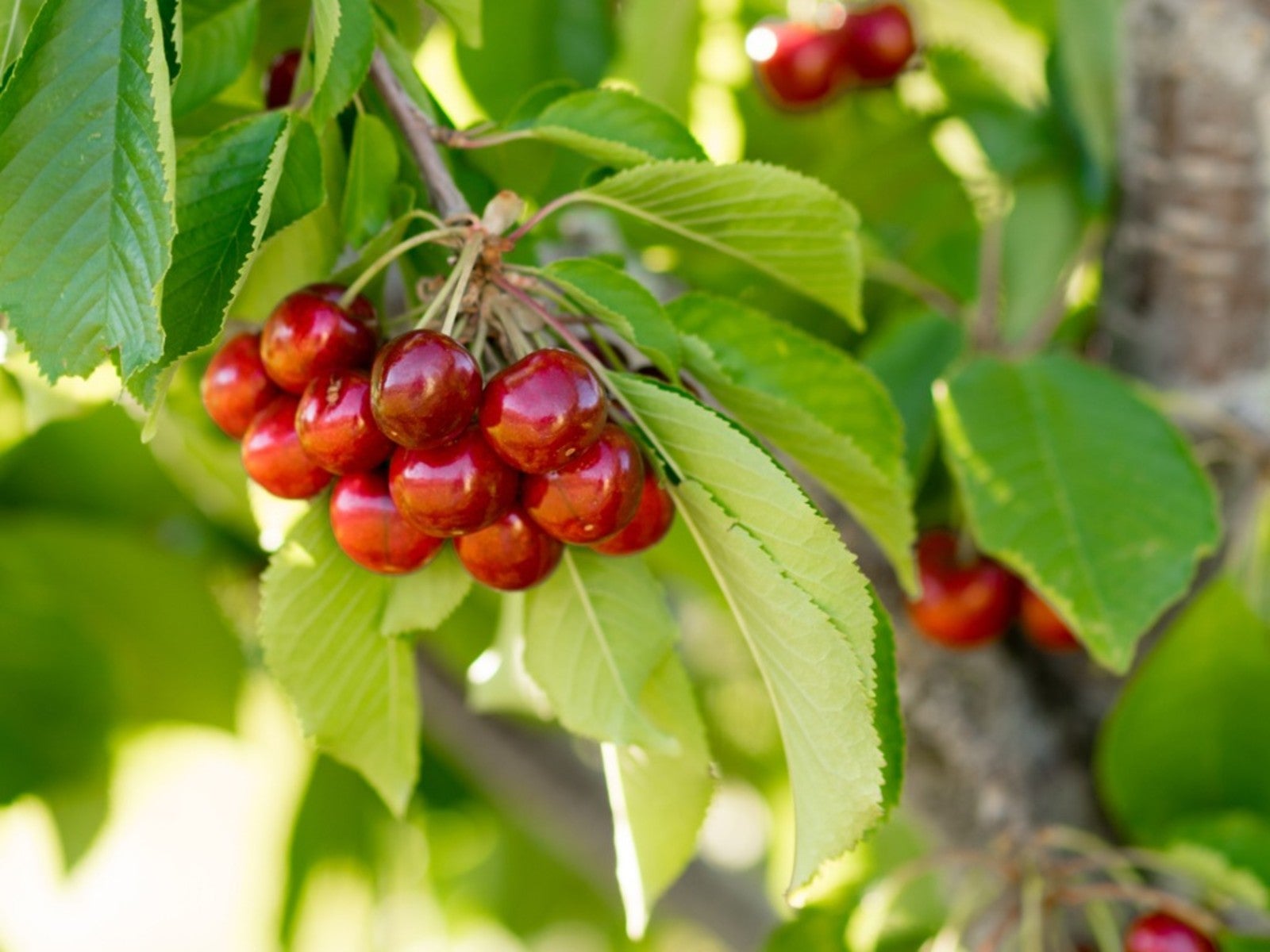 Plant A Red Fruit Garden: Growing Fruits With Red Flesh
Plant A Red Fruit Garden: Growing Fruits With Red FleshPlanting a red fruit garden may seem a bit whimsical. That is, until you realize the health benefits of consuming fruits with red flesh.
By Laura Miller
-
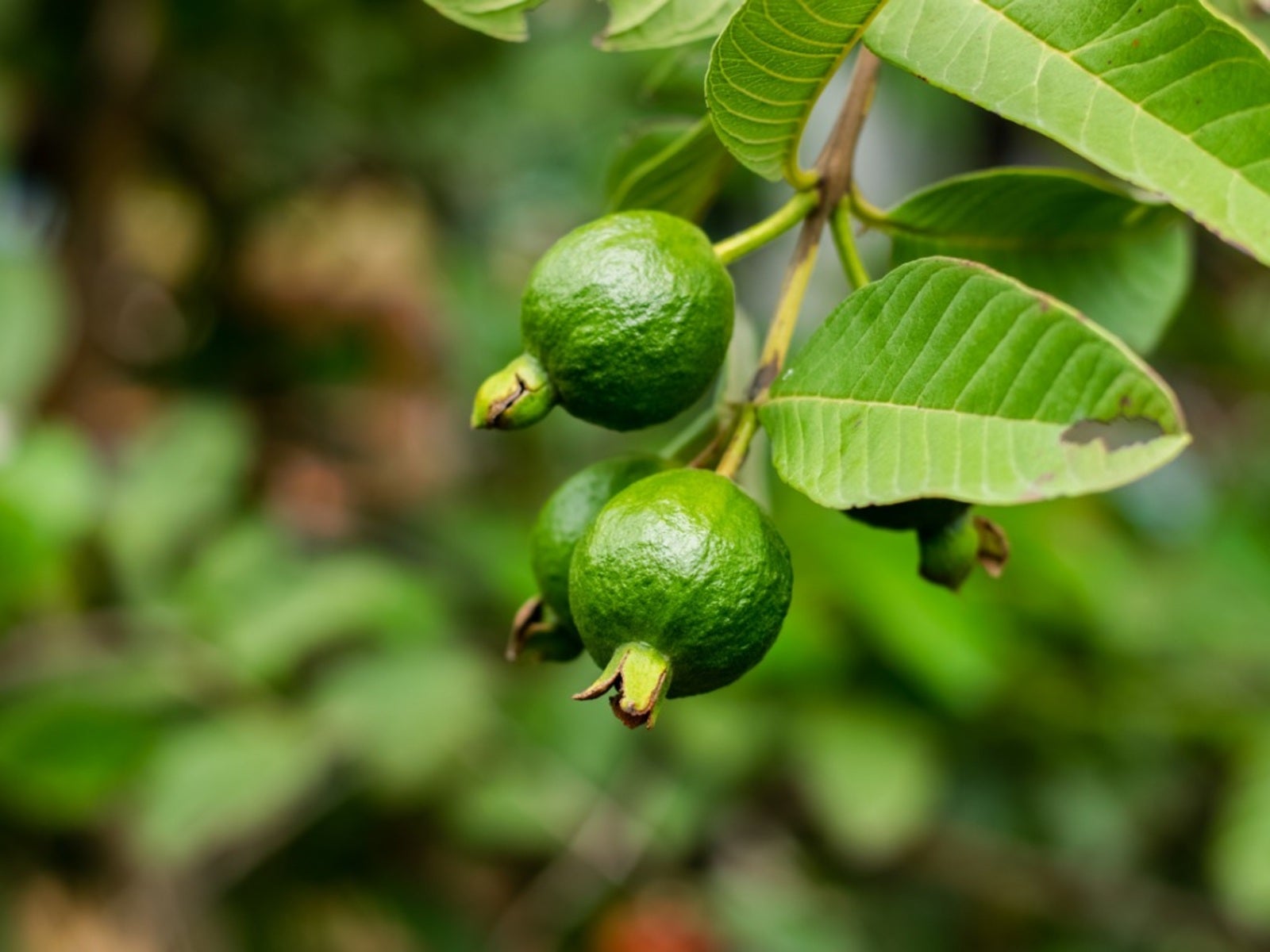 Heat Tolerant Fruits - Growing Fruit In Hot Weather
Heat Tolerant Fruits - Growing Fruit In Hot WeatherSome fruit grows in extreme heat naturally. But there are also specially cultivated, heat-tolerant varieties. For more information on heat tolerant fruits, read on.
By Teo Spengler
-
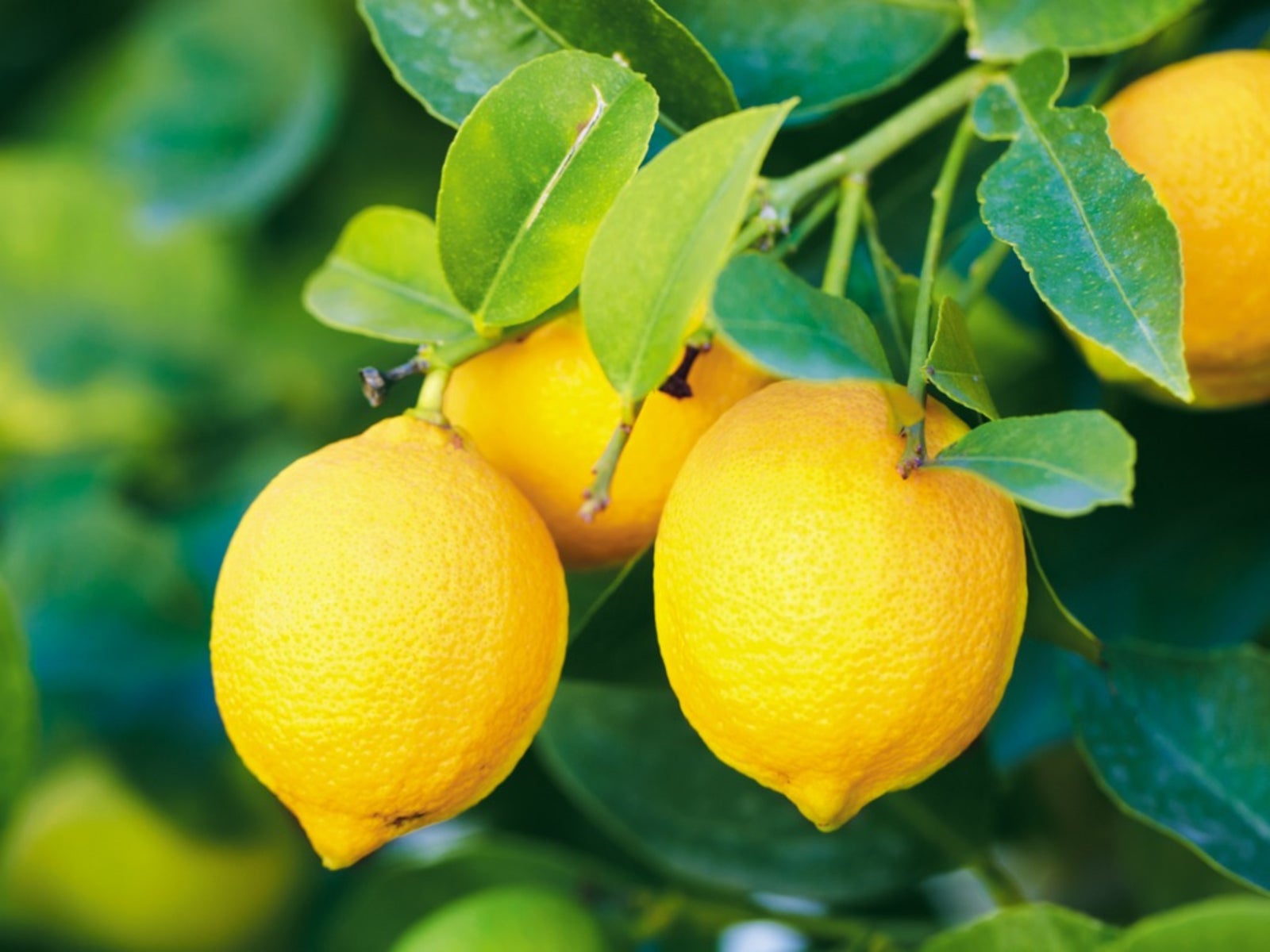 Yellow Fruit Varieties - Growing Fruit That Is Yellow
Yellow Fruit Varieties - Growing Fruit That Is YellowWhat fruit is yellow? There's more than the bananas at the supermarket. Try growing yellow fruit for a consistent supply of sunny food.
By Bonnie L. Grant